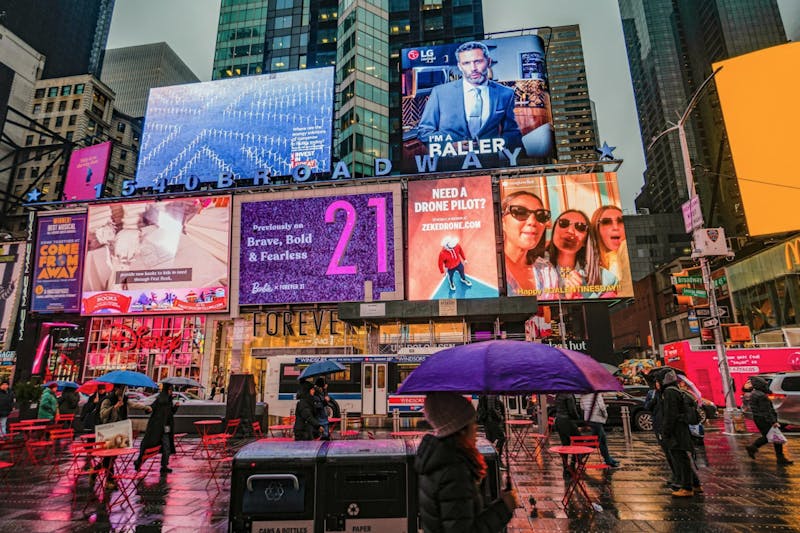Unfortunately, poaching is definitely not new, which means that animals over centuries have been subjected to the cruelty of poachers who wanted to maim or kill them for their own selfish reasons. While poaching is not new, a lot of people do not know the history of how poaching began. It’s important to reflect on the past to learn more about how to prevent the same problem from occurring in the future, which is why we’re here today to discuss a history of poaching.
Did you know that poaching actually goes all the way back to the Middle Ages? It’s true; unfortunately, poaching began all those centuries ago, and still continues today. Nowadays, luckily, there are organizations that are dedicated to the cause of helping ensure that poaching is limited and eventually comes to an end. These organizations are passionate about ensuring that no more animals go extinct as a result of senseless slaughter.
Continue reading to learn more about the history of poaching. You’ll find that it’s an interesting, complicated past. Hopefully, learning more about the history of poaching will help ensure that the future is much brighter for animals and animal safety.
Are you curious to learn more about what poaching is? Poaching is illegal and therefore, it is actually punishable by law. This is why it is different from hunting. In addition, a lot of times when people poach animals, they are doing so to acquire important, rare goods, such as ivory that comes from an elephant or fur that could only be acquired from an animal in the wild. However, these people fail to realize that there are other alternatives that do not include the senseless killing of animals.
You might be wondering: what exactly is poaching? Technically speaking, poaching can occur in several ways. Whenever you are illegally claiming wildlife, that violates state, local, and even international laws. As a result, activities that are considered to be poaching include slaughtering an animal with no license that permits you to do so, killing the animal that is out of season, or even killing them with a weapon that you are not supposed to be using. In addition to that, killing an animal in a manner that is barred is also poaching. If you trespass and kill an animal, slaughter a protected species, or exceed a bad limit, this also is considered to be poaching.
While poaching can occur anywhere—from North America to South Africa—it most commonly occurs in Africa. This is why organizations that are focused on stopping poaching largely focus their efforts on this area. However, poaching does occur internationally. If you know of someone that is poaching in your local area, it is the responsible thing to do to reach out to your local authorities regarding the problem.
Here’s What You Need To Know About The History Of Poaching
Despite the fact that poaching has actually been illegal for hundreds of years, it was not until the Late Middle Ages that it actually became a criminal offense that was punishable by law. That’s right: poaching being punishable is not a new invention. Even though poaching has obviously been a tremendous problem for centuries, the unfortunate reality is that it is still occurring today. Oftentimes people think that poaching doesn’t occur in the present day, but unfortunately it still does.
However, let’s pause and take a moment to reflect on the past. In the later portion of the middle ages, the right to hunt was exclusive. It was limited, and only landowners and nobility had the ability to do so. Generally speaking, peasants were not in possession of weapons, nor the time, or skill, that would allow them to hunt. As a result, in the middle ages, most hunting was done by either noble people or people who owned land. Despite this, peasants got creative. They were able to provide food for their family by creating snares.
So despite the fact that hunting was only allowed for people that come from a position of privilege, it was still considered illegal and therefore, punishable to purchase and sell wild animals. This rule stayed in place all the way until the middle of the 1800s. This is when poaching really became the tremendous problem that it is nowadays. During this time, there were gangs of poachers that formed outlaw bands. From there, they sold animals in the black market which was illegal. However, a lot of times their customers were extremely wealthy people who could afford to purchase the wild animals.
Unfortunately, peasants did experience poaching in the 1700s because a lot of people were experiencing poverty and needed to poach to simply stay alive. As a result, common people even went as far as to protect poachers. This was considered to be an act of rebellion, and simply because food was a scarcity. While these poaching gangs did give the poor peasants food, they were also usually extremely greedy and violent people. As a result, they mainly catered to the black market, not peasants.
As a result, authorities were unable to rely on regular people to turn poachers in for going against the law. That’s why they developed traps and even spring guns that would either maim or kill poachers. However, in 1830, these devices were outlawed. In 1883, it became legal for peasants to kill small game which included hares and rabbits—as long as it was on their own farm.
Despite the fact that it might seem like poaching is no longer a viable problem, the reality is that in certain parts of the world, it really is. As mentioned, poaching is still extremely relevant in Africa, with tons of rhinos and elephants senselessly dying as a result of poachers’ selfish actions.





The Daily News welcomes thoughtful discussion on all of our stories, but please keep comments civil and on-topic. Read our full guidelines here.